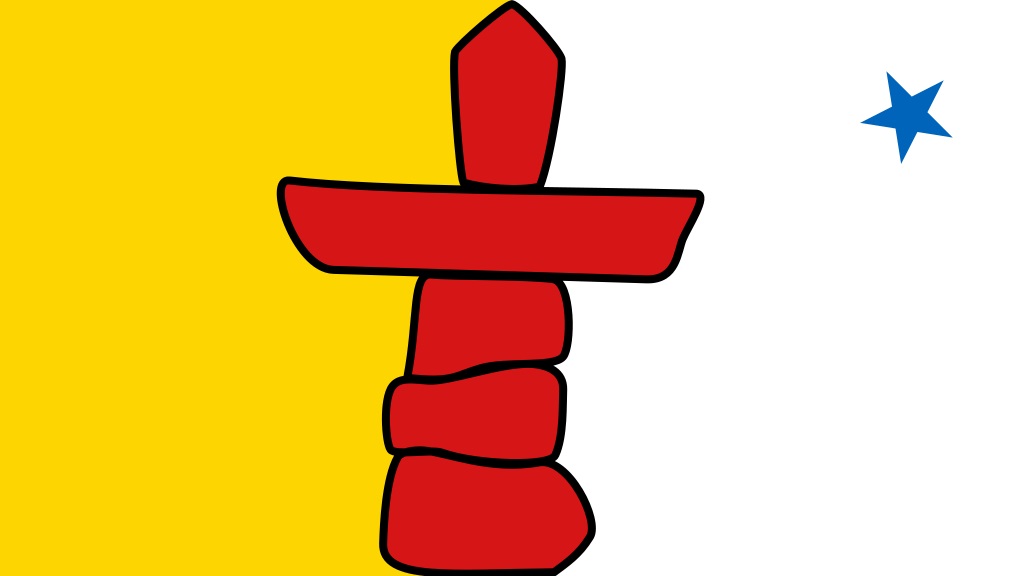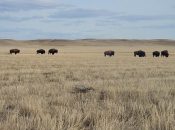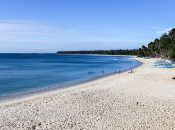The Inuit, indigenous peoples with a rich cultural heritage, have traditionally inhabited vast Arctic regions across North America, particularly in Canada and Greenland. These territories are home to the Inuit and are integral to their way of life, culture, and identity.
In Canada, Inuit territories mainly encompass four regions: Nunavut, Nunavik in Quebec, Nunatsiavut in Newfoundland and Labrador, and the Inuvialuit Settlement Region in the Northwest Territories. Nunavut, which means “our land” in Inuktitut, is the largest and newest territory, established in 1999, giving the Inuit greater autonomy over their lands and resources.
Nunavut, in particular, is a significant region where the majority of the population is Inuit. It covers a vast area rich in natural resources, including minerals, wildlife, and fisheries. The Inuit here maintain a strong connection to their cultural heritage, relying on traditional practices like hunting, fishing, and crafting, alongside modern economic activities.
Nunavik, situated in northern Quebec, and Nunatsiavut, in Labrador, are regions where Inuit communities have self-governing agreements, enabling them to govern their lands, preserve their language and culture, and manage natural resources according to their traditional values.
The Inuvialuit Settlement Region in the Northwest Territories is another Inuit territory established through a comprehensive land claims agreement. It represents a significant area where Inuit exercise their rights and manage resources in ways that align with their cultural values.
These Inuit territories, with their vast landscapes, unique ecosystems, and rich cultural heritage, serve as more than geographical areas—they are centers of cultural identity, governance, and sustainable living for the Inuit people, preserving their traditions, languages, and close relationship with the Arctic environment.

Flag of Nunavut
It’s a good idea to look at these 18 interesting facts about Inuit territories to know more about it.
- Nunavut Creation: Nunavut, meaning “our land” in Inuktitut, was established as a Canadian territory on April 1, 1999, making it the newest and largest territory in Canada.
- Vast Area: Nunavut covers approximately 1.9 million square kilometers, comprising about one-fifth of Canada’s total landmass.
- Inuit Majority: In Nunavut, the majority of the population is Inuit, and the Inuit language, Inuktitut, is an official language alongside English and French.
- Land Claims Agreement: Nunavut was established following the Nunavut Land Claims Agreement, which granted the Inuit greater control over their lands and resources.
- Inuit Self-Governance: In Nunavut, as well as in Nunavik (Quebec) and Nunatsiavut (Labrador), Inuit communities have varying degrees of self-governance, allowing them to preserve their cultural identity and manage their lands.
- Rich Natural Resources: Inuit territories are abundant in natural resources such as minerals, wildlife, and fisheries, supporting traditional subsistence activities and economic development.
- Traditional Lifestyle: Inuit communities in these territories often maintain traditional practices like hunting, fishing, and crafting, alongside modern economic activities.
- Unique Governance: Nunatsiavut, in Labrador, is the first autonomous Inuit region in Canada, governed by the Labrador Inuit Constitution and self-governing structures.
- Cultural Revitalization: Efforts are made in these territories to preserve and revitalize Inuit culture, language, and traditional knowledge, ensuring their continuity for future generations.
- Inuit Impact on Governance: Inuit-led governance has influenced environmental policies, resource management, and cultural preservation strategies within these territories.
- Geographical Diversity: Inuit territories encompass diverse landscapes, from Arctic tundra and icefields to coastal regions, each with unique ecosystems and wildlife.
- Community Connectivity: Many Inuit communities in these territories are remote and have limited access to infrastructure and services due to their geographical isolation.
- Challenges in Education and Health: Inuit territories face challenges in access to quality education, healthcare, and social services, leading to initiatives aimed at addressing these disparities.
- Climate Change Impact: Inuit territories are experiencing the direct impact of climate change, with melting ice, altered animal migration patterns, and environmental shifts affecting traditional ways of life.
- Cultural Celebrations: These territories host various cultural events, celebrations, and festivals that showcase Inuit traditions, arts, and heritage.
- Inuit Art and Craftsmanship: Inuit territories are renowned for their distinctive art forms, including intricate carvings, sculptures, and textiles that reflect the culture and environment.
- Collaborative Research: Partnerships between Inuit organizations and scientific communities aim to combine traditional knowledge with scientific research to address environmental challenges.
- Tourism and Cultural Exchange: These territories attract tourists interested in cultural immersion, ecotourism, and experiencing Inuit traditions and lifestyles firsthand.
The Inuit territories stand as expansive regions pulsating with the vibrancy of cultural heritage, ecological diversity, and the resilience of a people deeply connected to their land. From the icy expanse of Nunavut to the self-governing communities in Nunavik, Nunatsiavut, and the Inuvialuit Settlement Region, these territories encapsulate not just geographical expanses but serve as living repositories of Inuit traditions, governance, and ways of life. Amidst the challenges of modernity and environmental changes, these territories are emblematic of a determined effort to preserve cultural identity, revitalize languages, and harmonize tradition with contemporary progress. They represent not only geographical spaces but also enduring narratives of community resilience, cultural resurgence, and an unwavering commitment to safeguarding the essence of Inuit heritage for generations yet to come.





